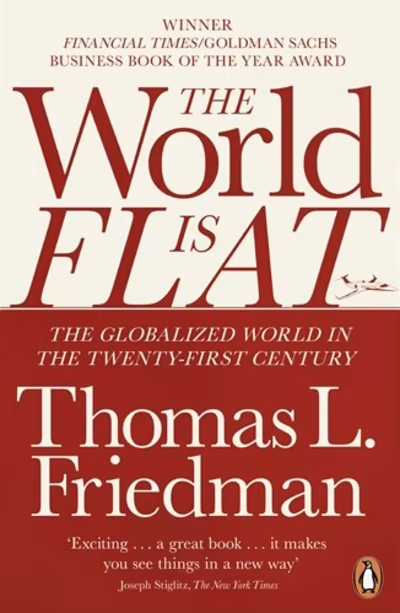Detailed Summary
In The World is Fat, Thomas L. Friedman shifts from his earlier focus on globalization (The World is Flat) to look at another pressing global challenge: obesity and the changing patterns of diet and lifestyle in a modernizing world. The title plays on the similarity to his earlier book, but here “fat” symbolizes the explosion of unhealthy living that accompanies rapid economic growth, industrialization, and cultural change.
Friedman argues that globalization, urbanization, and technology have not only made the world “flat” by leveling opportunities, but also “fat” by accelerating sedentary lifestyles and spreading fast food culture. He highlights how processed foods, sugar-laden beverages, and calorie-dense diets have become ubiquitous, particularly in developing countries that are rapidly transitioning to consumer economies.
The book documents how obesity is no longer just a problem of wealthy nations like the United States. Instead, it has become a global epidemic, affecting countries in Asia, the Middle East, Latin America, and Africa. As families move to cities, adopt Western-style diets, and spend less time in physical labor, obesity rates skyrocket, bringing with them diseases like diabetes, hypertension, and cardiovascular illness.
Friedman connects this rise in obesity with global economics, politics, and the environment. For example, he discusses how agricultural subsidies in the United States promote the overproduction of corn, leading to cheap high-fructose corn syrup that finds its way into foods worldwide. Similarly, trade policies and global supply chains ensure that fast food franchises and sugary beverages become available in every corner of the world.
Beyond health, Friedman points out that the obesity crisis has far-reaching consequences: ballooning healthcare costs, lost productivity, and a strain on government resources. He also raises the paradox that many countries now face a “double burden”: undernutrition and obesity coexisting side by side, sometimes within the same community or even the same family.
The book doesn’t simply diagnose the problem—it also points toward solutions. Friedman emphasizes the need for public policy changes, better education about diet and exercise, and grassroots cultural movements that reclaim healthier lifestyles. He encourages governments, businesses, and individuals to think of obesity as not just a private matter but as a societal and economic challenge that demands collective action.
Ultimately, The World is Fat is both a warning and a call to action. Just as globalization reshaped economies and cultures, the rise of obesity is reshaping health outcomes and societies worldwide. The future, Friedman suggests, will depend on whether we can flatten not only barriers to opportunity but also the waistlines that are threatening to undo much of the progress globalization promised.
